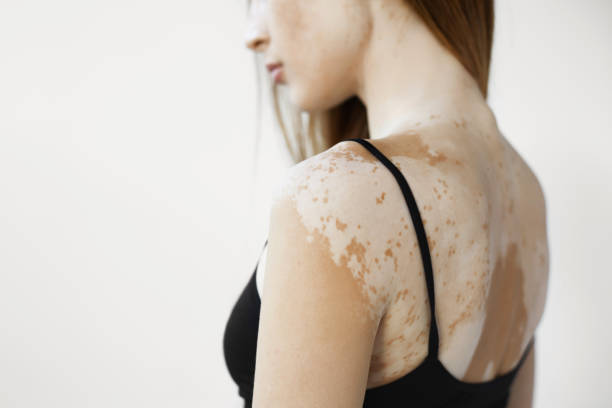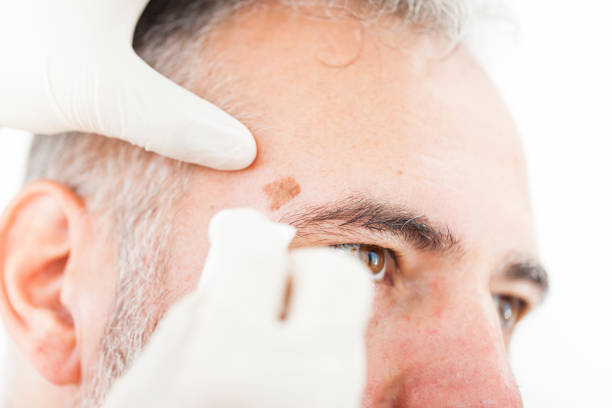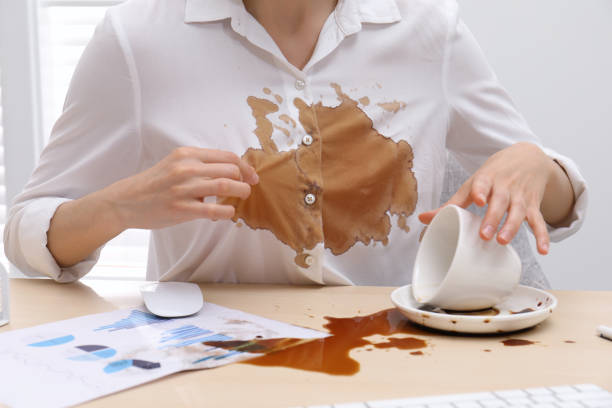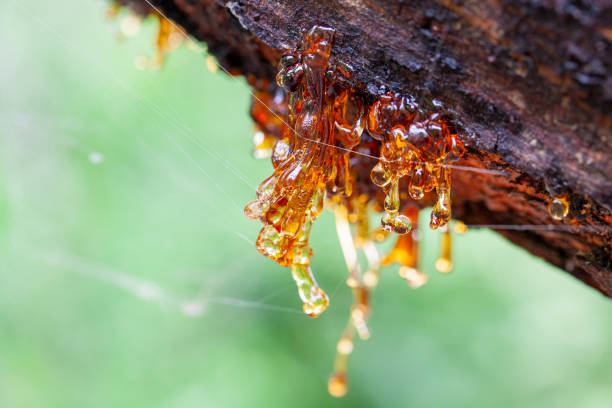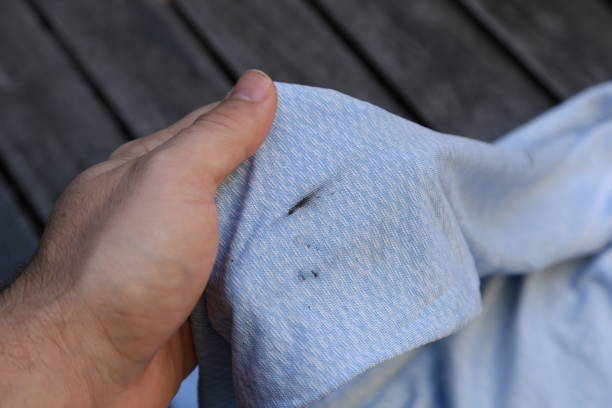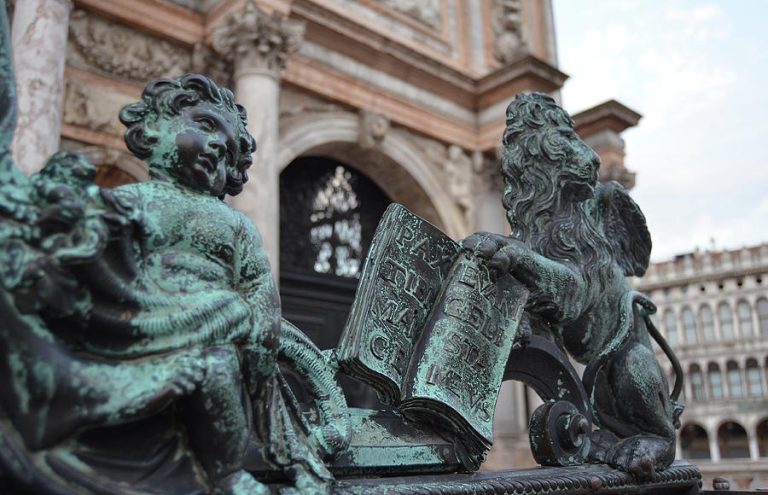Learn how to remove mold stains safely and easily. Receive valuable tips and tricks.
Mold stains can be removed from laundry, clothing, walls, mattresses, or the shower curtain. There are various remedies against mildew stains. Mildew stains are often caused by poor insulation or insufficient ventilation.
Many stain removers are based on chlorine bleach. Care should be taken to combat mold stains. A useful tip: reduce humidity to prevent mildew stains.
Remove mold stains from clothing, textiles, and laundry
If you want to remove mold stains from your clothes, you can soak the garment with the stains in buttermilk. The clothes are then washed as usual. In many cases, this method could prove to be helpful.
Removing Mold and mildew stains from the laundry is also important from a health perspective.
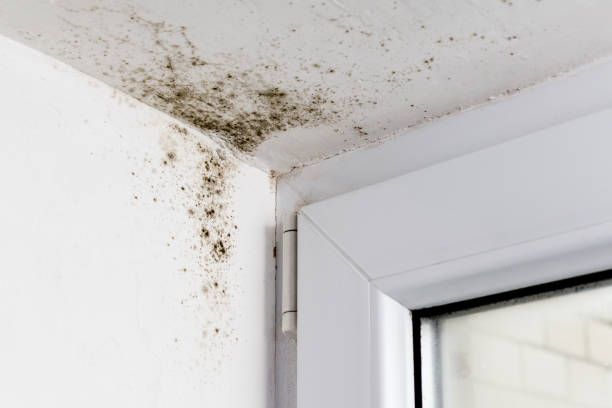
Javel water (bleach) is also suitable for removing mildew stains from textiles. Disinfectants are also included here. But you should be careful with it here – it is best to only use it on light-colored and hard-wearing textiles. UV light from the sun can also help to remove mild mold stains.
Remove mold stains from the mattress
Poor ventilation can cause mold stains on mattresses. Because at night, people sweat into the mattress. If the air cannot circulate, the result is mold stains on the mattress.
In order to be able to successfully remove the mildew stains, the mattress should be aired out in fresh, dry air for a long time if possible. It is best to stand it upright and align the mattress to the sun.
If instead of mildew stains there are already full-blown mold stains, then it is advisable to dispose of the mattress. To prevent mold stains you should have a slatted frame. It is also important to remove the bed linen from the mattress in the morning so that it can air out.
Remove mold stains from wallpaper or walls
Spirit and water can also help against mildew stains. When using a retail cleaning product, it is important to note that it often contains chlorine bleach.
Remove mildew stains
A solution of spirits and vinegar essence can be used to treat mold stains and spots. In the case of very severe stains, it is advisable to consult a professional. Mold spores can pose serious health risks.
Remove mold stains on parquet or wood
Mold stains on parquet or wood can usually only be sanded down. Immediately reseal after sanding. Removing mold stains from wood is no easy task. This is because the wood has absorbed the moisture. If there are only slight mold stains in the wood, you can dry them. You can then try to remove them with Schimmel.
Removing mold stains from leather
A mixture of water and spirit can also be used to remove mildew stains on leather. In this case, the mold stains can best be removed with this. Because you can simply wipe the material and the stains are gone.
Remove mold stains from the tent
Mold stains often appear in the tent if you pack the tent up while it is still damp. There are special mold removers for stubborn mold stains on tents. However, these methods do not always lead to a good result. For example, mold stains on a white tent are better removed with hydrogen peroxide. To do this, the material is placed in a 3 to 6 percent solution.
Remove mold stains from paper
In order to remove mold stains from paper, all moisture must be removed from the stains. To do this, you can sprinkle starch or talcum powder on the stain. After a certain time, this is then usually completely removed.
Remove mold stains from the shower curtain
In the case of mildew stains in the shower curtain, special stain removers are usually not used. You can easily wash the shower curtain at the maximum temperature. In this way, the mold stain disappears.
Remove mold stains from upholstery
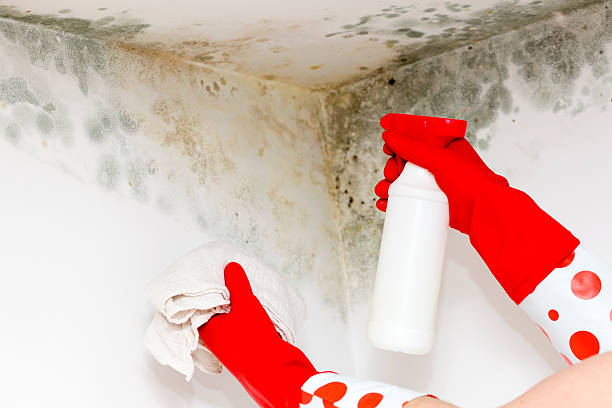
How to remove mold stains from furniture and upholstery? A combination of vinegar essence and alcohol is considered an effective stain remover. Simply rub the mildew stain with the solution. Then you should rinse the upholstery thoroughly with water. Do not get a new one immediately afterward. To prevent new mold stains from forming, the upholstery must first air out and dry.
How to avoid mold stains?
To avoid mildew stains, you should air the rooms in your apartment or house regularly. You should also make sure that you ventilate sufficiently after showering and bathing. In this way, the probability of getting mold stains in the apartment decreases. In addition, regular ventilation of the rooms also reduces the risk of mold forming. If you have a problem with mold stains caused by moisture, an ergometer is helpful. This allows you to measure the humidity and get to the bottom of the cause of the moisture.




